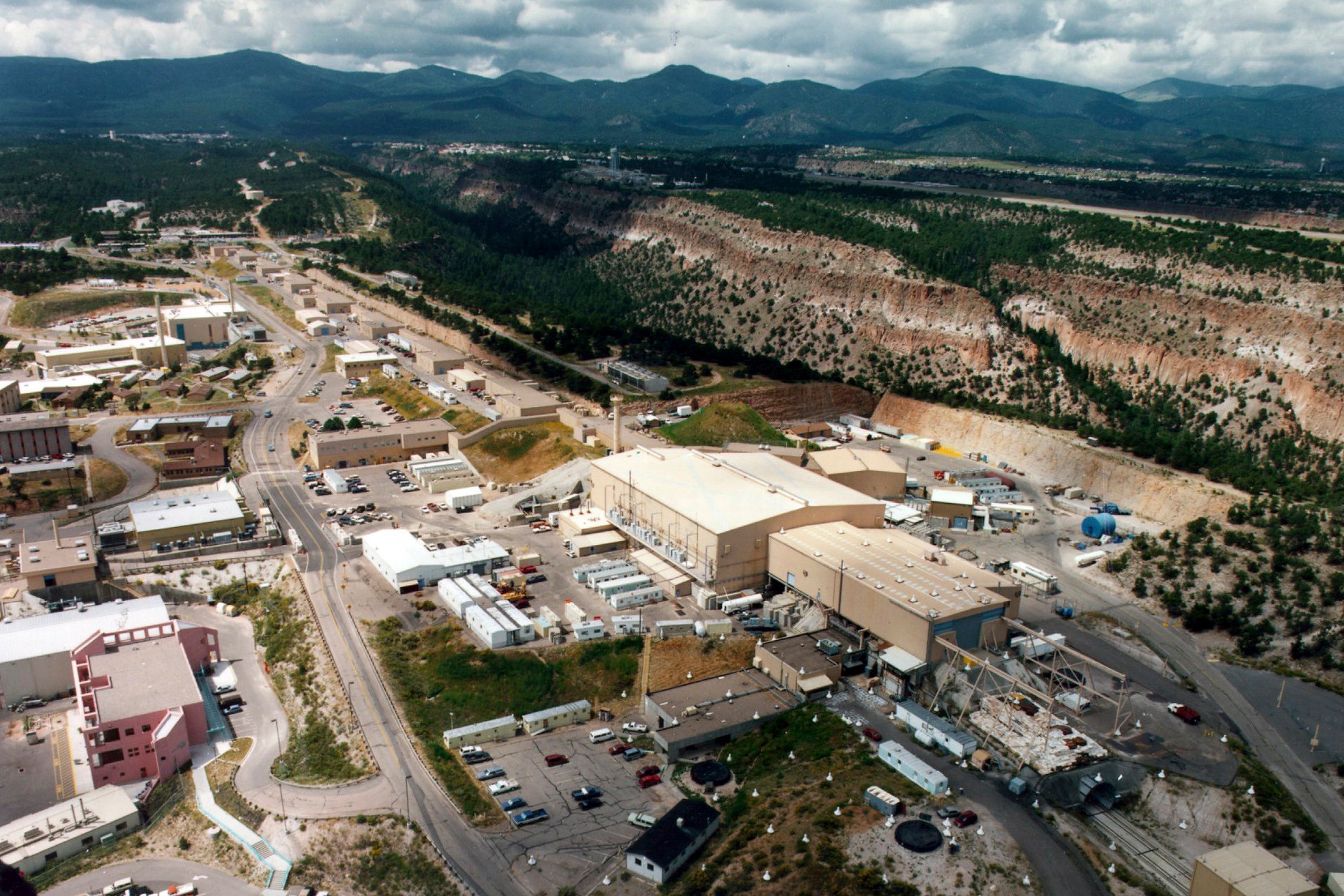New Mexico tribes concerned about plan to power nuclear lab
New Mexico Indigenous leaders are concerned about a proposed multimillion-dollar transmission line that would cross what they consider sacred lands

Your support helps us to tell the story
From reproductive rights to climate change to Big Tech, The Independent is on the ground when the story is developing. Whether it's investigating the financials of Elon Musk's pro-Trump PAC or producing our latest documentary, 'The A Word', which shines a light on the American women fighting for reproductive rights, we know how important it is to parse out the facts from the messaging.
At such a critical moment in US history, we need reporters on the ground. Your donation allows us to keep sending journalists to speak to both sides of the story.
The Independent is trusted by Americans across the entire political spectrum. And unlike many other quality news outlets, we choose not to lock Americans out of our reporting and analysis with paywalls. We believe quality journalism should be available to everyone, paid for by those who can afford it.
Your support makes all the difference.New Mexico Indigenous leaders are concerned about a proposed multimillion-dollar transmission line that would cross what they consider sacred lands.
The transmission line planned by the U.S. government would bring more electricity to Los Alamos National Laboratory as it looks to power ongoing operations and future missions at the northern New Mexico complex that include manufacturing key components for the nation's nuclear arsenal.
The proposed transmission line would stretch more than 12 miles (19 kilometers), crossing national forest land in an area known as the Caja del Rio and spanning the Rio Grande at White Rock Canyon. New structural towers would need to be built on both sides of the canyon.
The All Pueblo Council of Governors — which represents 20 pueblos in New Mexico and Texas — recently adopted a resolution to support the preservation of the Caja del Rio. The organization says the area has a dense concentration of petroglyphs, ancestral homes, ceremonial kivas, roads, irrigation structures and other cultural resources.
The tribes say longstanding mismanagement by the federal government has resulted in desecration to sacred sites on the Caja del Rio.
The U.S. Energy Department’s National Nuclear Security Administration announced in April that it would be working with federal land managers to assess the project’s potential environmental effects. But pueblo leaders claim there has not been adequate tribal consultation on the proposed project.
All Pueblo Council of Governors Chairman Wilfred Herrera submitted a letter to the Santa Fe National Forest on Dec. 17, requesting that forest officials comply with consultation requirements.
Herrera, a former governor of Laguna Pueblo, said preservation of the Caja Del Rio's sacred landscape is a collective priority for the council as it works to protect ancestral homelands around the region. He said Caja del Rio is home to pueblo ancestors and spirits.
"We encourage the federal government to understand that to fully engage with the pueblos, we need your commitment and cooperation, especially during this time of year marked by transition and rest. APCG stands ready to support decision-making that protects pueblo cultural resources in perpetuity,” he said in a statement issued last week.
Federal officials have said they will try to avoid known biological, recreational, cultural and historical resources, such as El Camino Real de Tierra Adentro National Historic Trail. Another goal would be minimizing visibility of the transmission line from residential areas.
The project — which could cost up to $300 million — calls for new overhead poles with an average span of 800 feet (244 meters), access roads for construction and maintenance and staging areas where materials can be stored.
Part of the line would be built along an existing utility corridor, but a new path would have to be cut through forest land to reach an electrical substation.
Environmentalists, residents and others already have voiced concerns about potential effects, saying the area encompasses wide Indigenous landscapes and is a scenic gateway to northern New Mexico.
The area has seen an increase in outdoor recreational use and it serves as a migration corridor for wildlife.
The Los Alamos Study Group, a watchdog group that has been critical of Los Alamos lab’s expansion plans, has said the lack of an overall analysis of the cumulative effects that plutonium core production and more weapons work could have on the surrounding communities is another concern.
___
This story has been updated to correct the name of the El Camino Real de Tierra Adentro National Historic Trail.